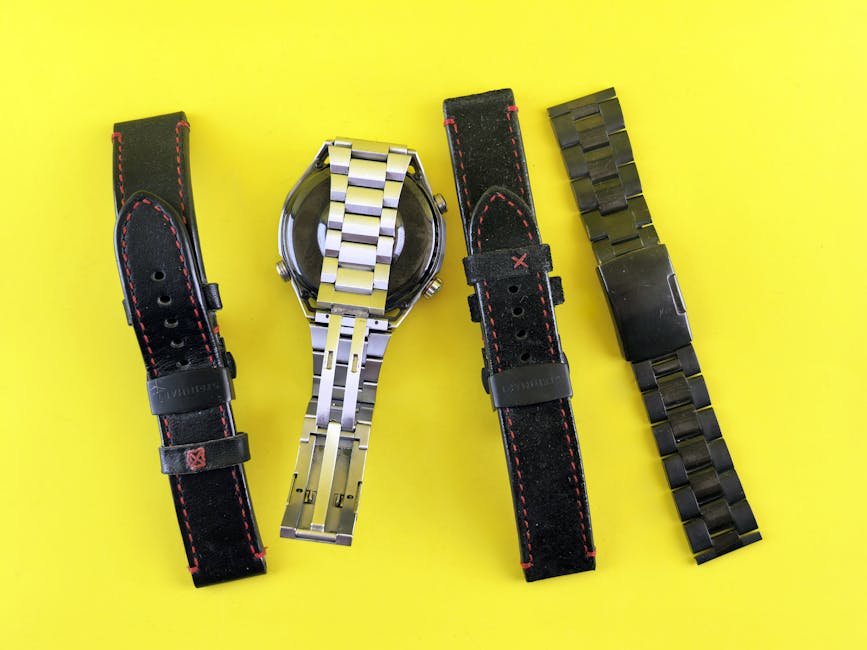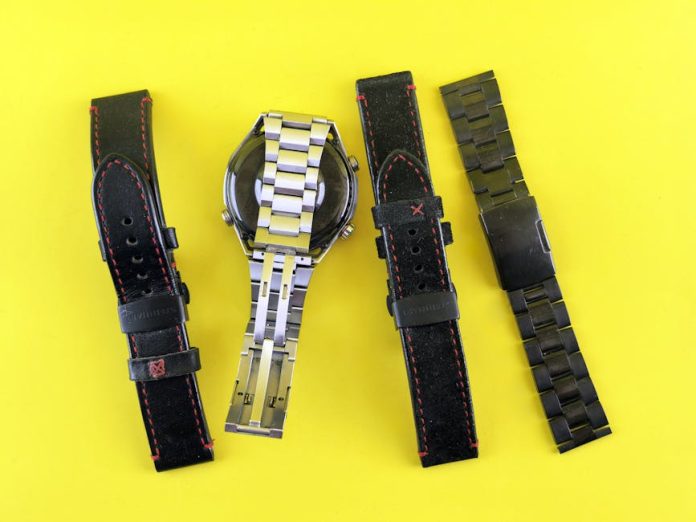
Fitness trackers are everywhere, logging our steps, heart rate, and sleep. But what if a device went beyond simply tracking activity and instead focused on the most crucial, yet often overlooked, aspect of performance: recovery? Enter Amazfit’s new Helio Strap – and trust me, as a fitness enthusiast always seeking an edge, I’m genuinely excited.
Unlike your typical smartwatch or wrist-worn tracker, the Helio Strap is being positioned as a dedicated ‘recovery’ device. Imagine a specialized tool, historically used by elite athletes to optimize their physical bounce-back, now potentially available for all of us. This isn’t just about tracking what you *do* during your workout; it’s about deeply understanding how your body *recovers* from it, adapts, and prepares for the next challenge.
Amazfit has consistently impressed the wearable tech world with innovative features, long battery life, and competitive price points. From advanced GPS capabilities to comprehensive health monitoring, they’ve shown they’re not afraid to push boundaries. The Helio Strap feels like a natural, yet bold, evolution of their commitment to holistic health, stepping into a niche that desperately needs more attention.
Why is recovery so crucial? Overtraining, inadequate rest, and poor sleep can derail even the most well-intentioned fitness plans, leading to injury, burnout, and stalled progress. The Helio Strap promises to deliver deep insights into critical metrics like skin temperature variability, ECG data (if rumored features hold true), and advanced sleep stages. All this data is geared towards giving you personalized recommendations for optimizing your body’s recuperation, leading to smarter training, reduced injury risk, and ultimately, better performance.
Its unique form factor – a strap designed to be worn primarily during sleep – is particularly intriguing. This suggests a focus on comfort and potentially more accurate, consistent readings for sleep and nocturnal biometrics. This dedicated approach allows it to hone in on specific, high-value data points that might be secondary or less accurately captured on a multi-purpose smartwatch. It’s about filling a critical gap in personal health data and giving users actionable insights they can actually use.
Imagine having truly personalized recommendations for when to push hard, when to prioritize active recovery, or when to simply rest, all derived from your own unique physiological data. This isn’t just another gadget; it’s a potential game-changer for anyone serious about their fitness, health optimization, or just improving their daily energy levels. The ‘Amazfit Helio Strap’ could redefine what we expect from personal ‘wearable recovery tech’.
I’m eagerly awaiting more details and real-world reviews for the Amazfit Helio Strap. If it delivers on its promise of advanced recovery insights in a dedicated, user-friendly package, it won’t just be another fitness tracker – it will be a cornerstone of smarter, more effective health management. Are you as excited as I am?

